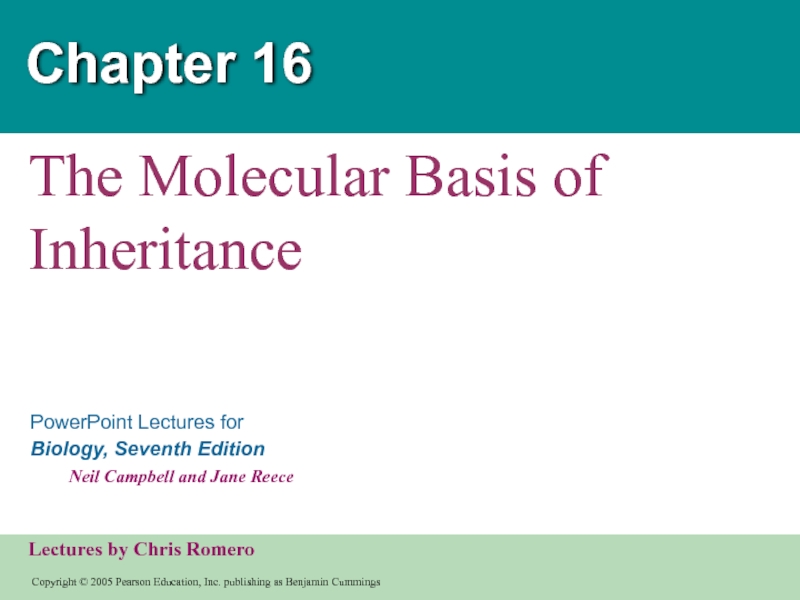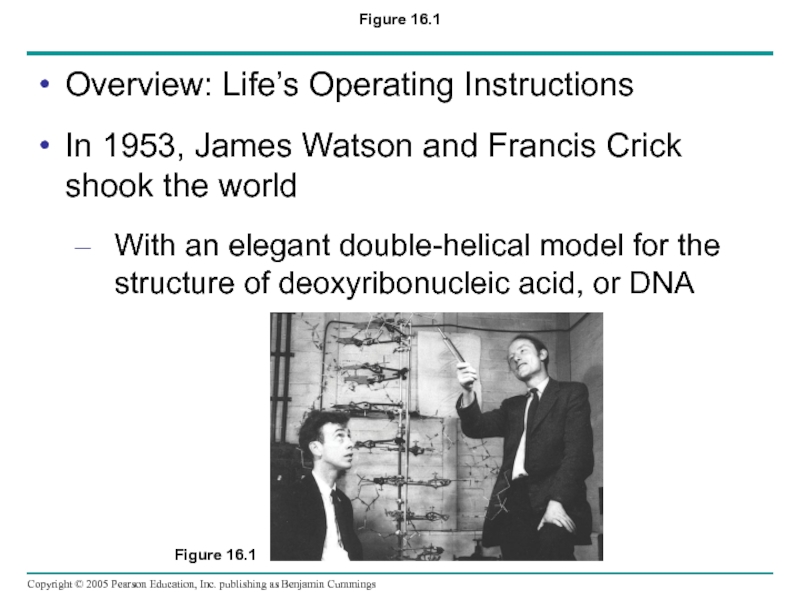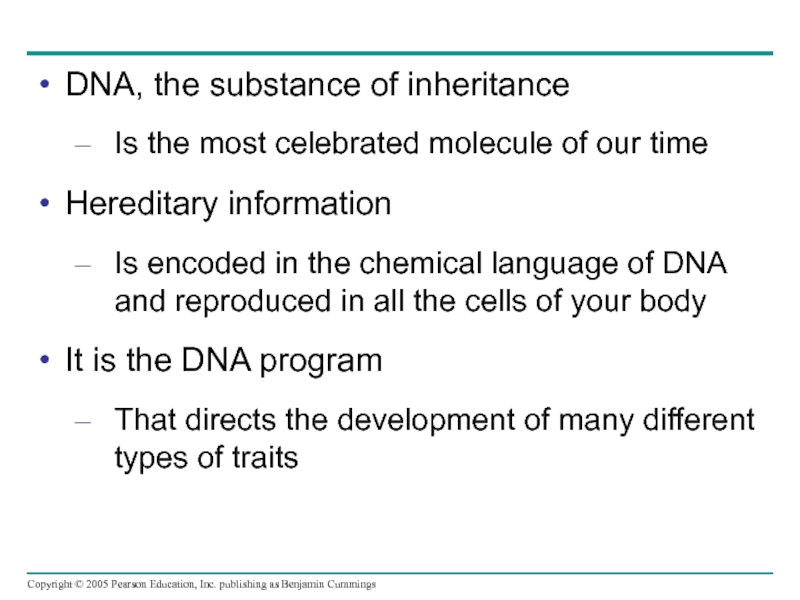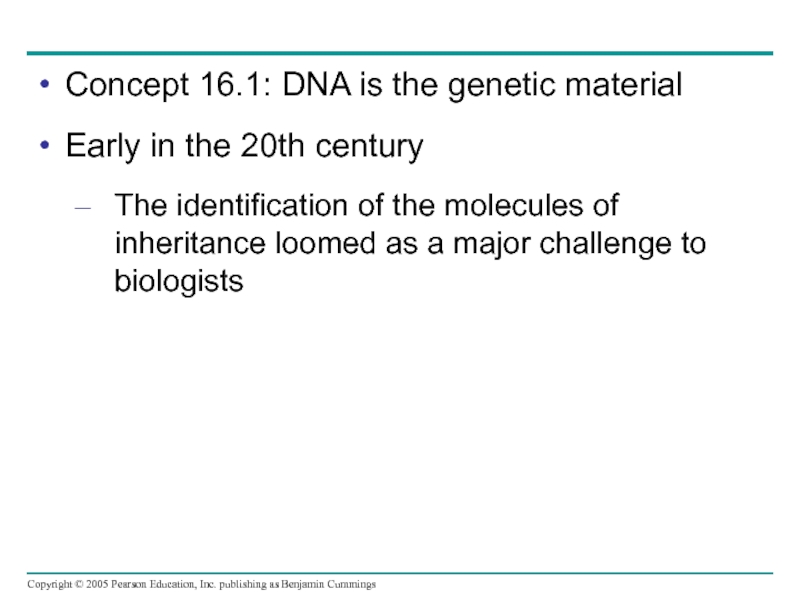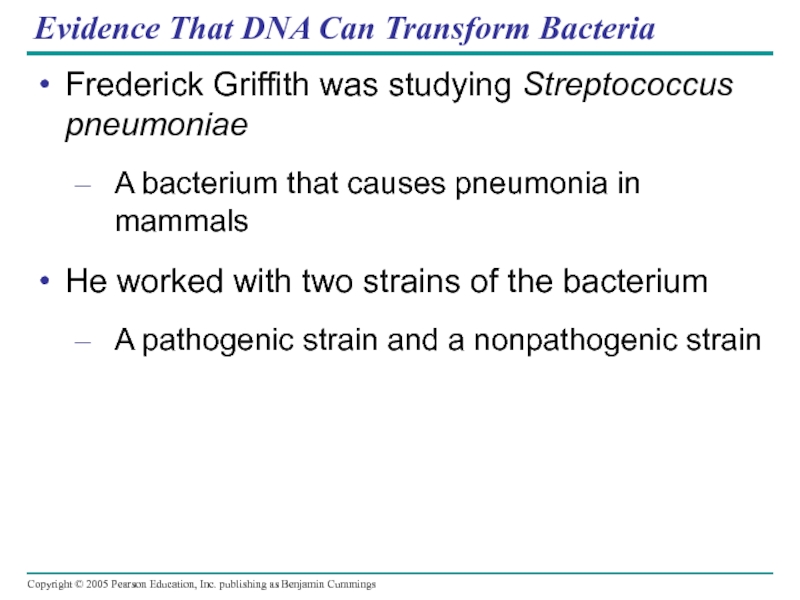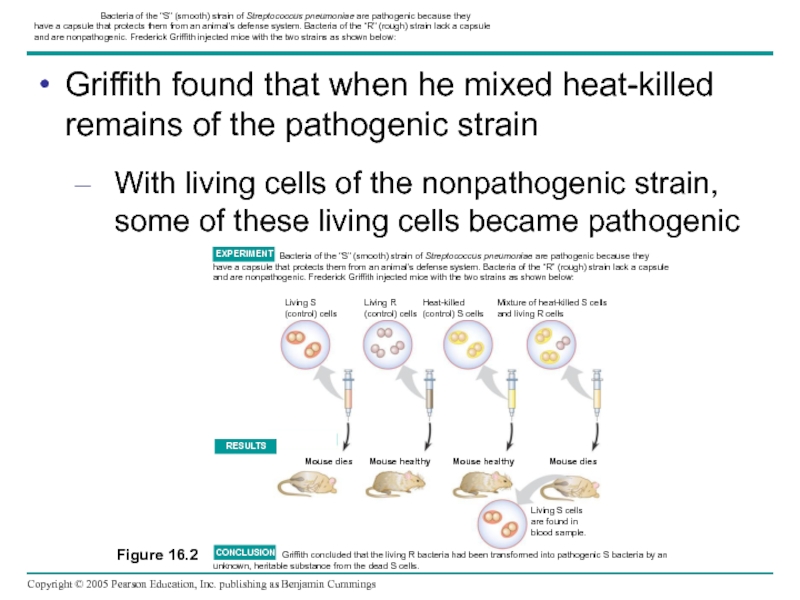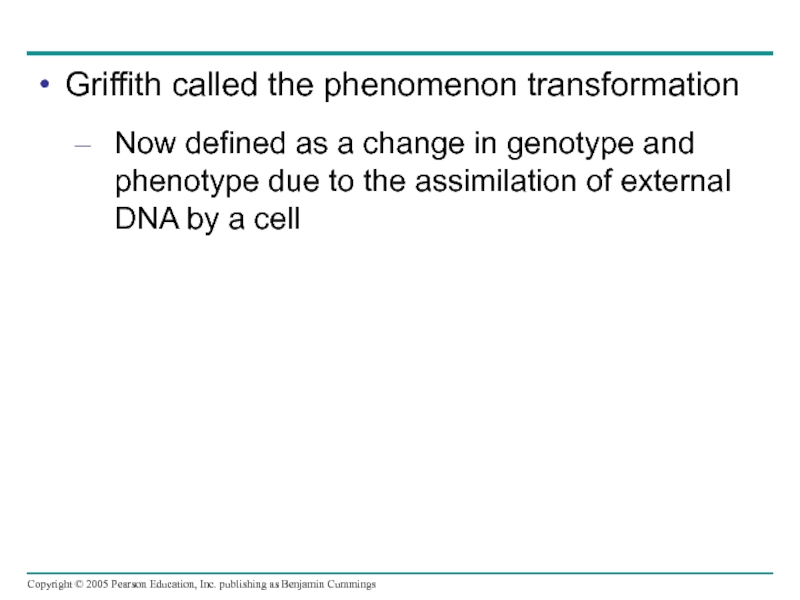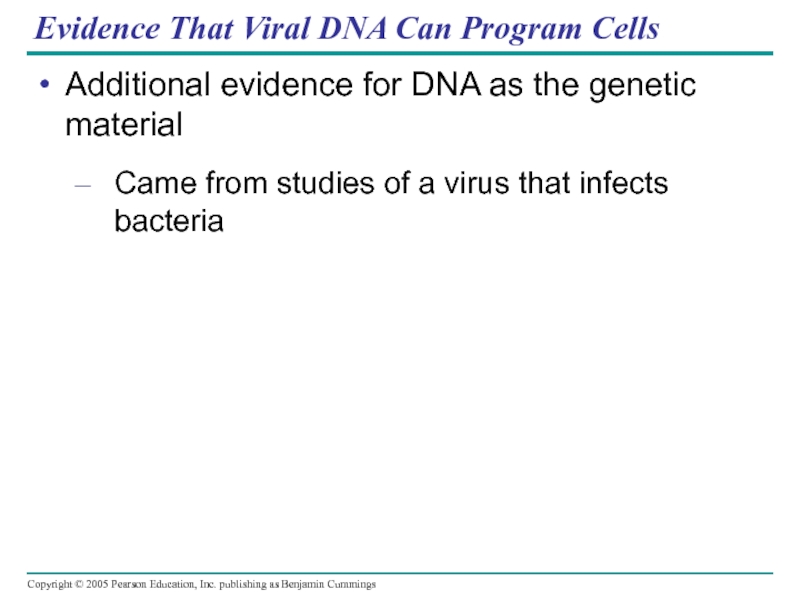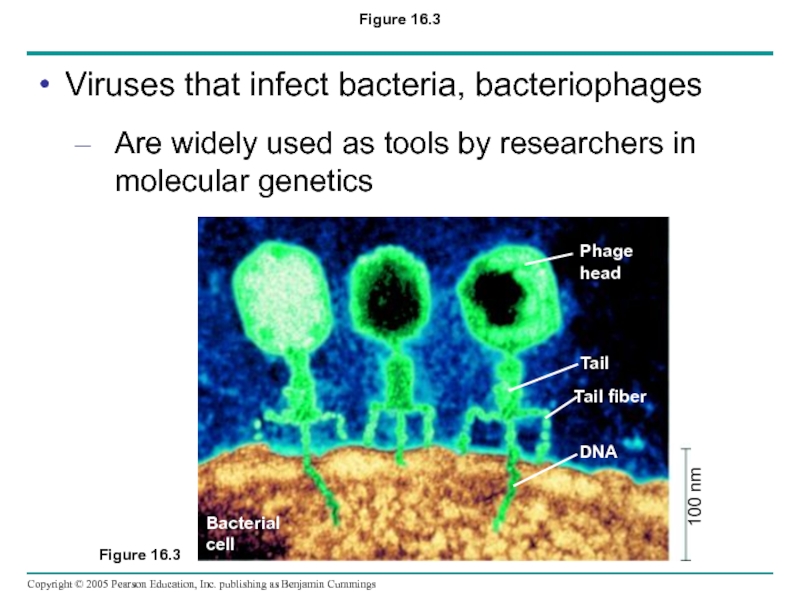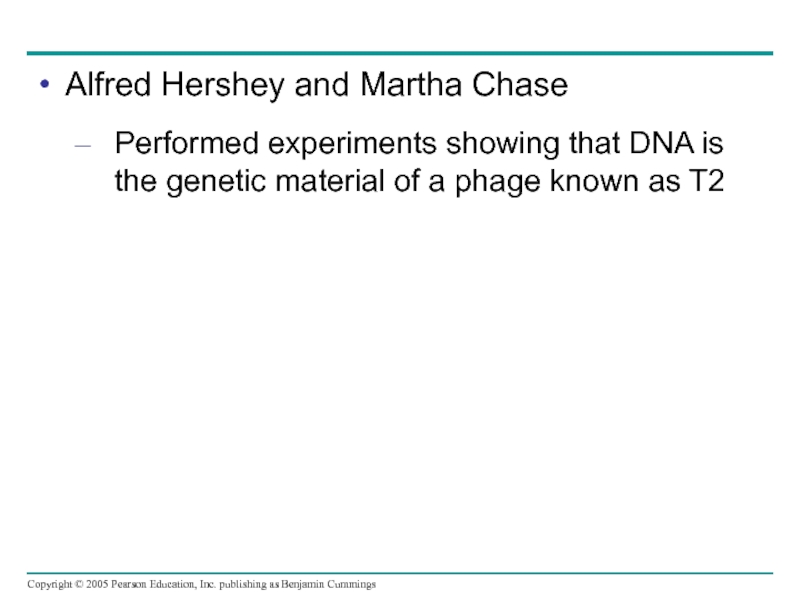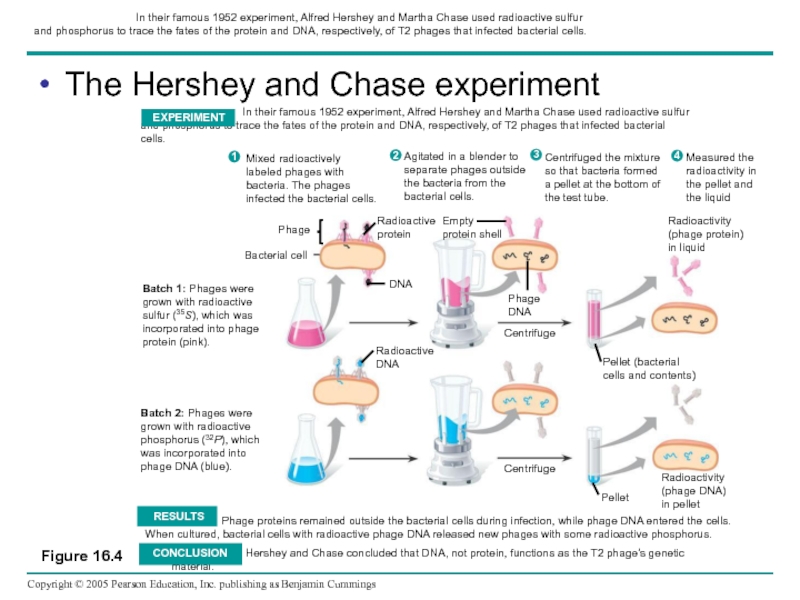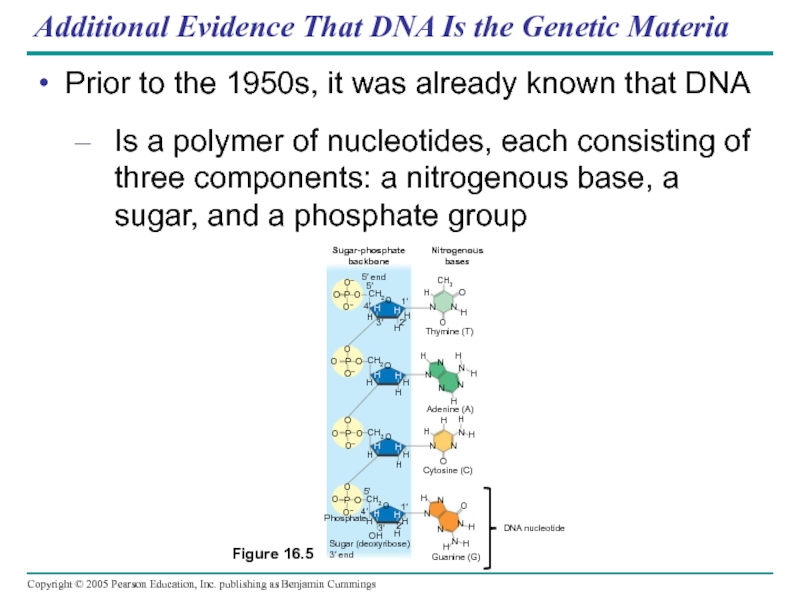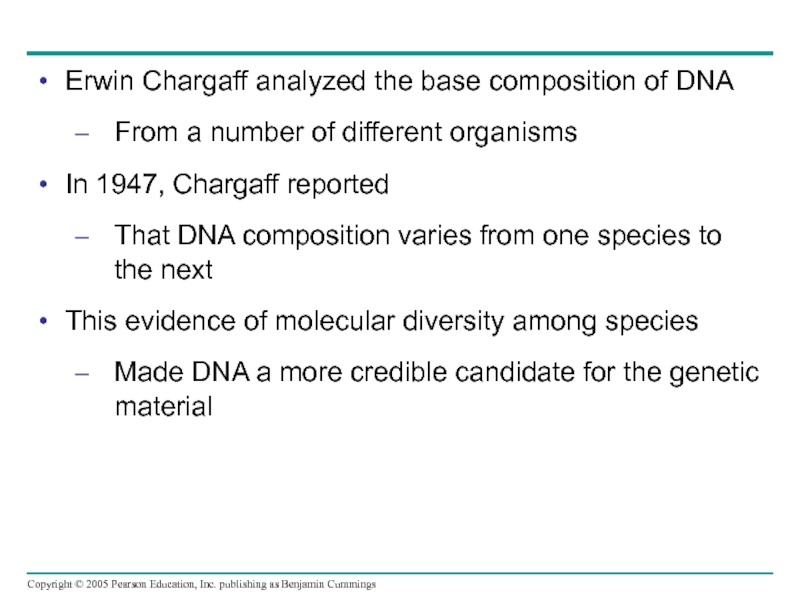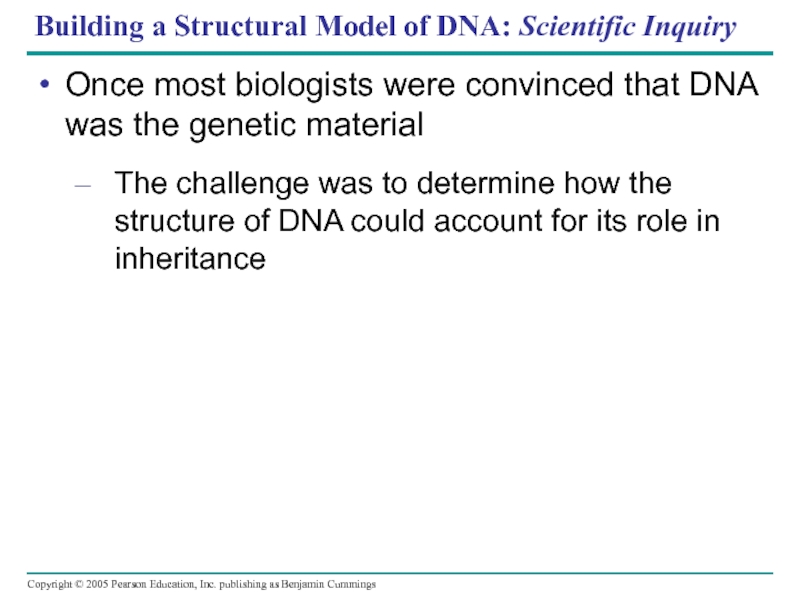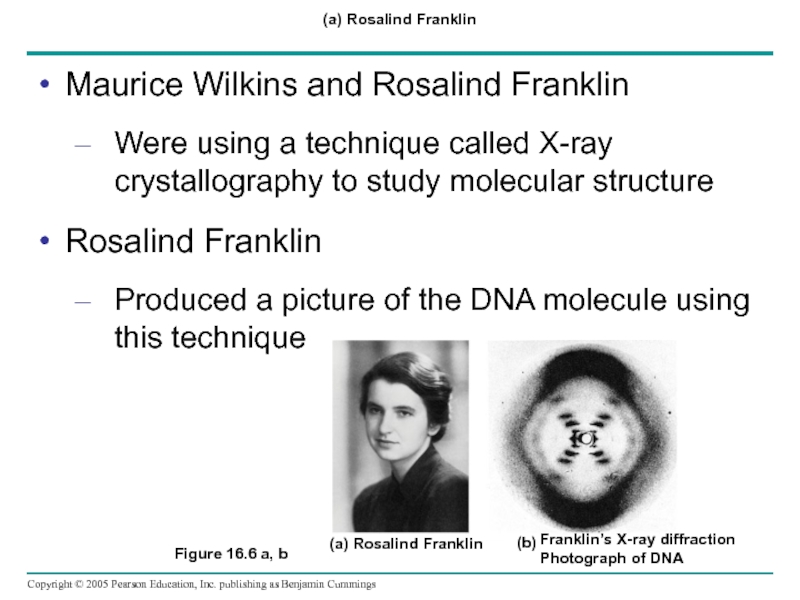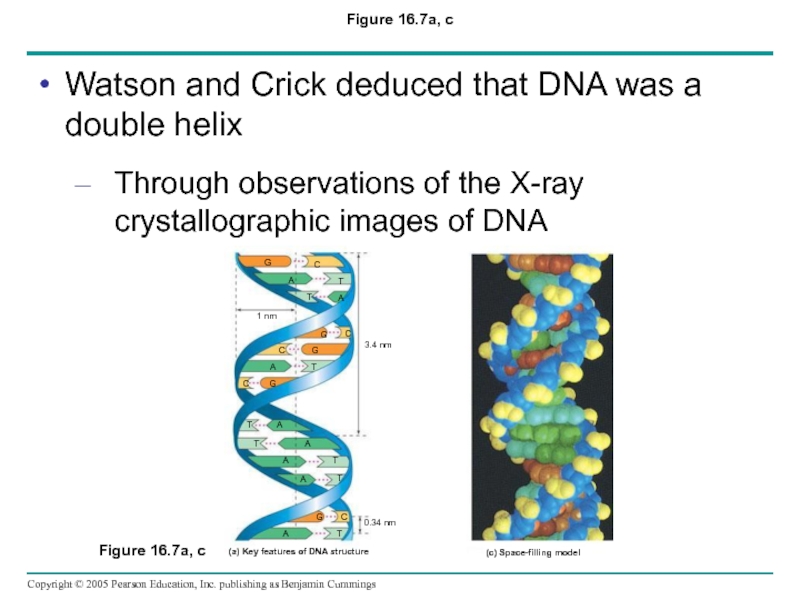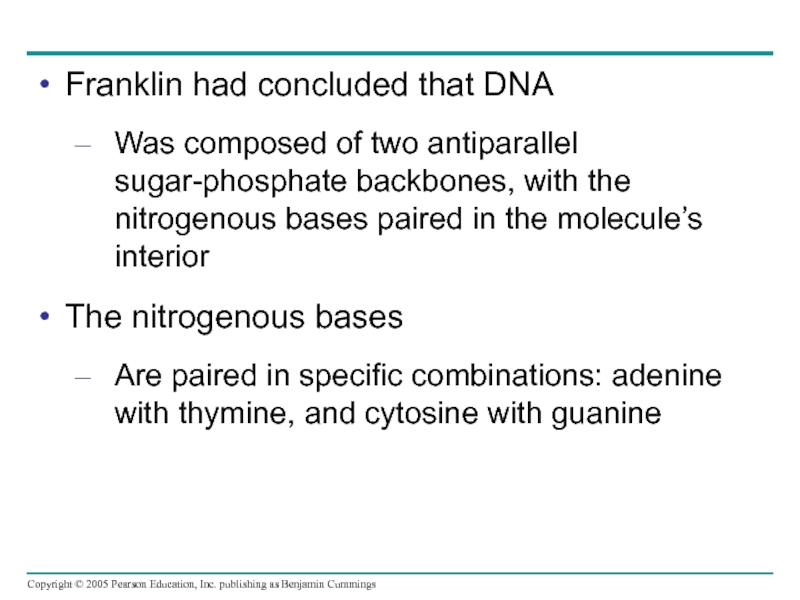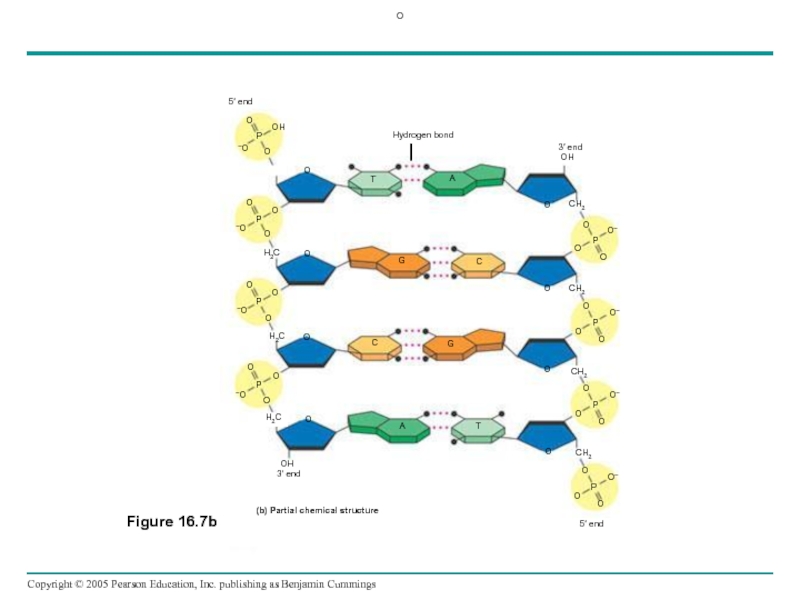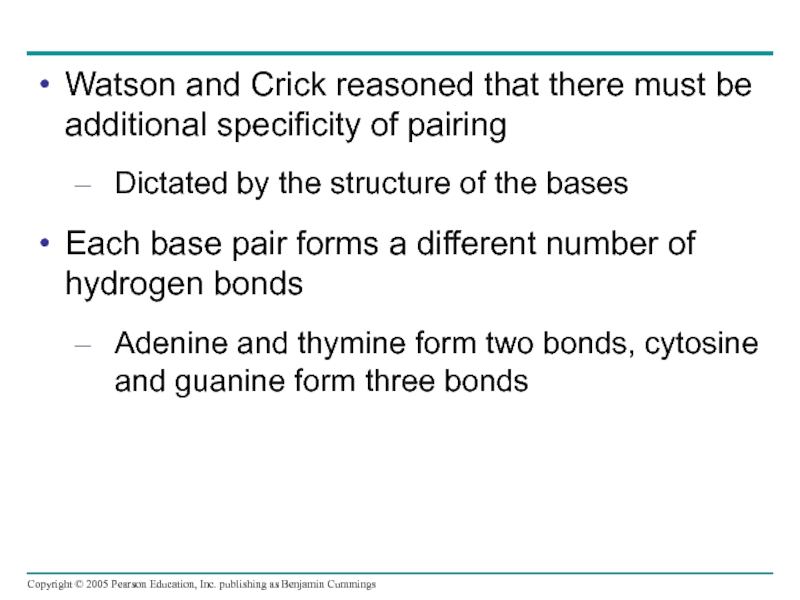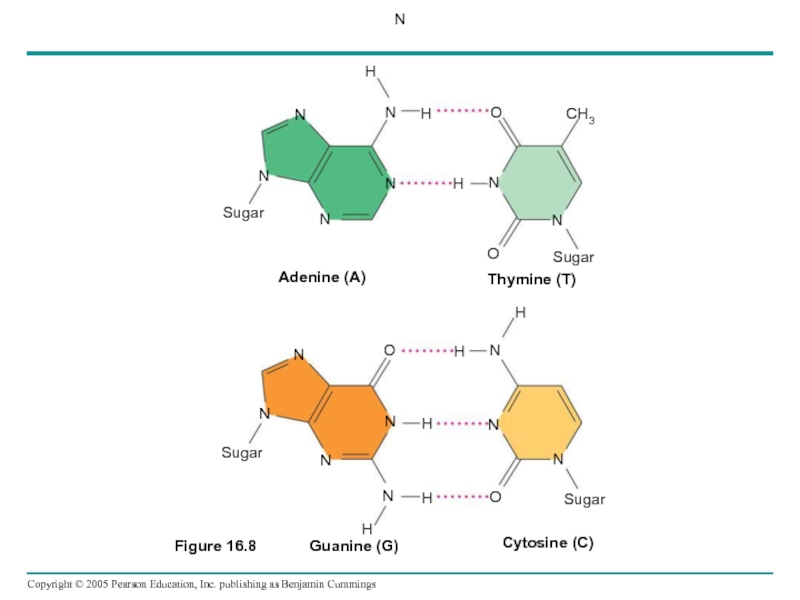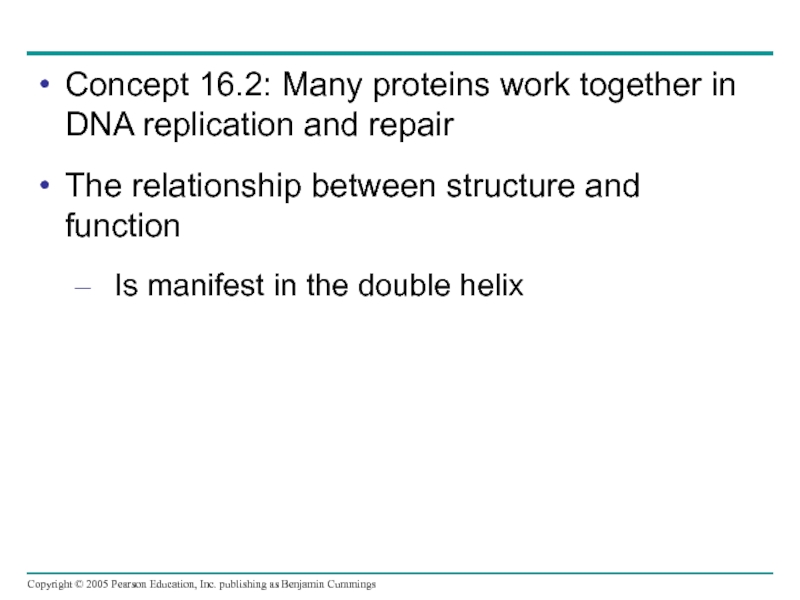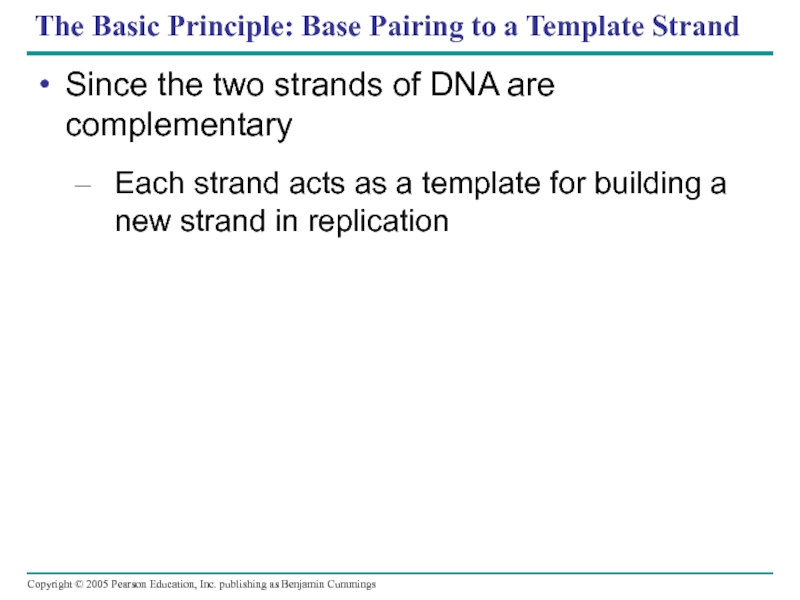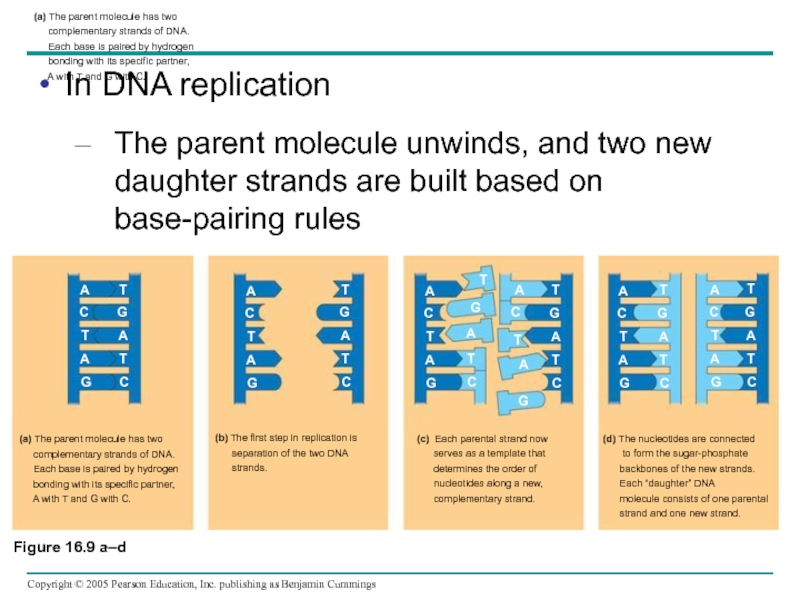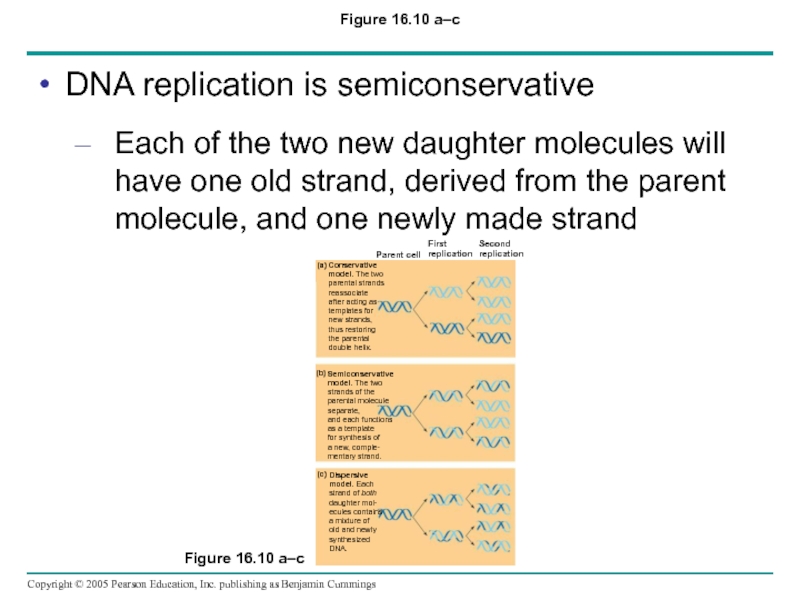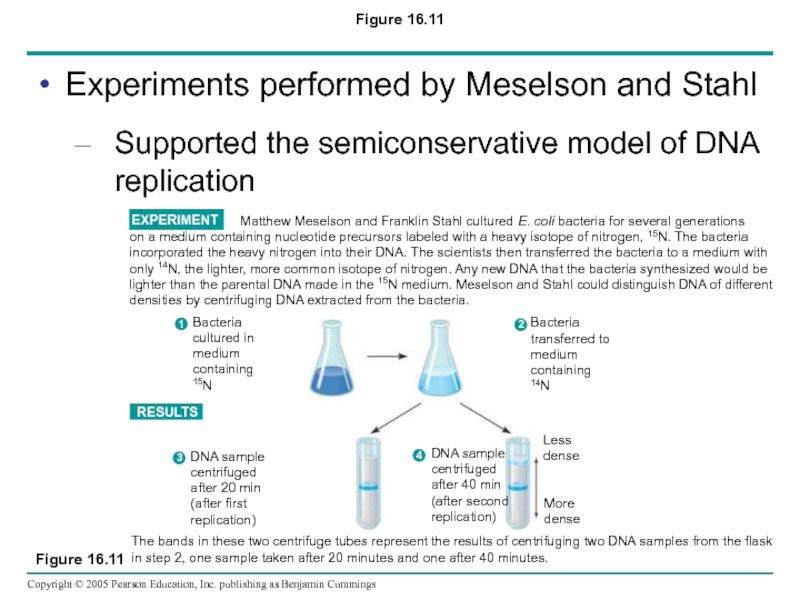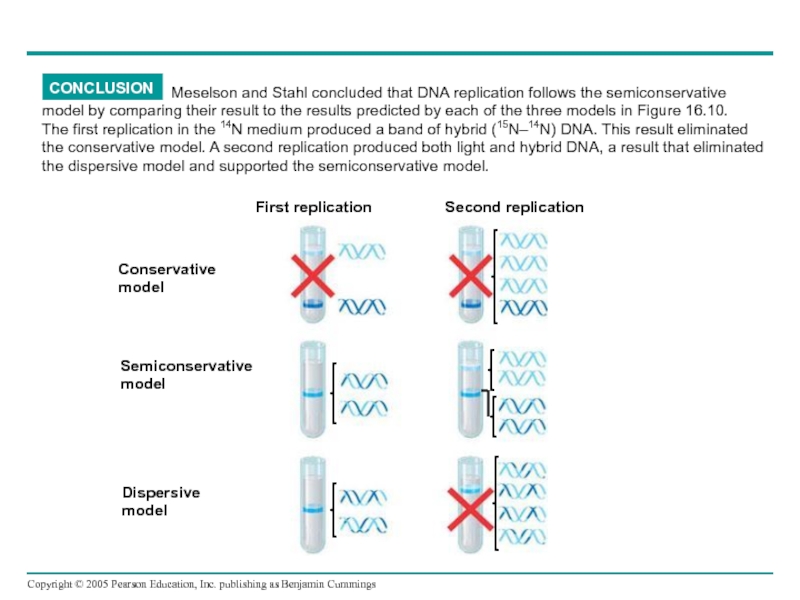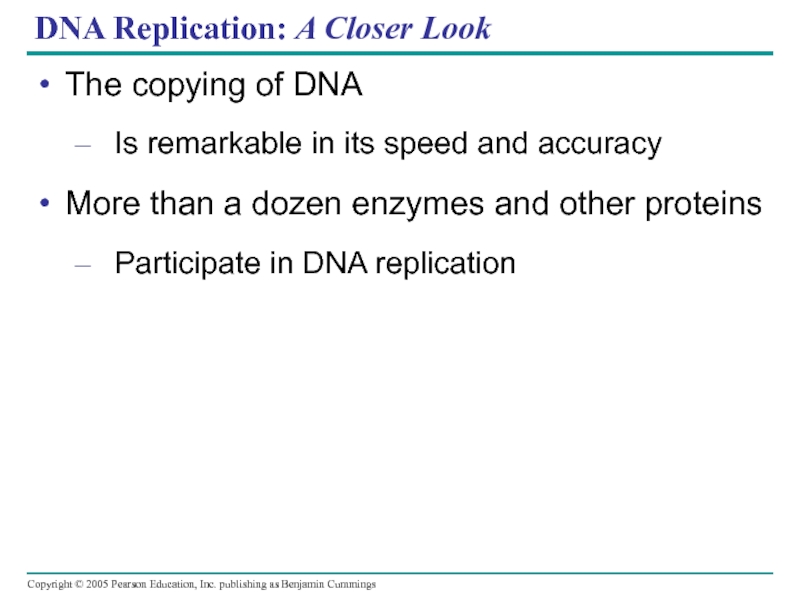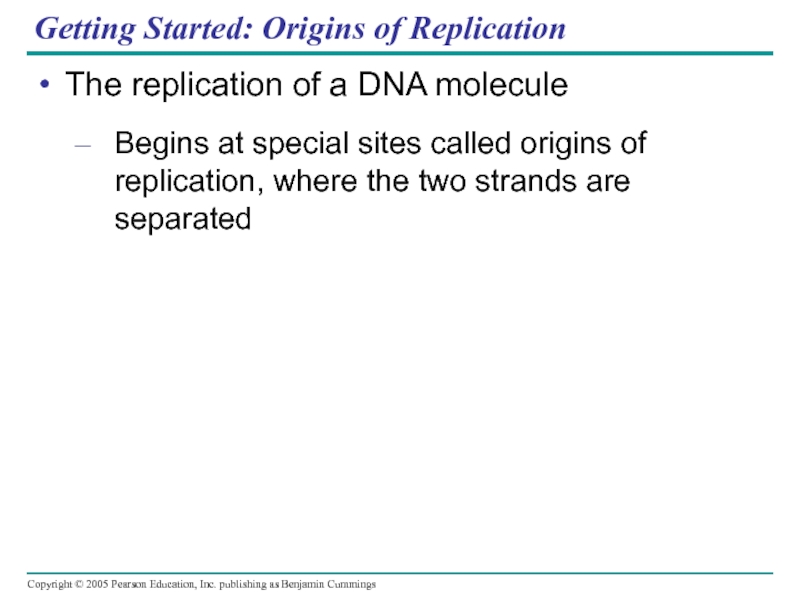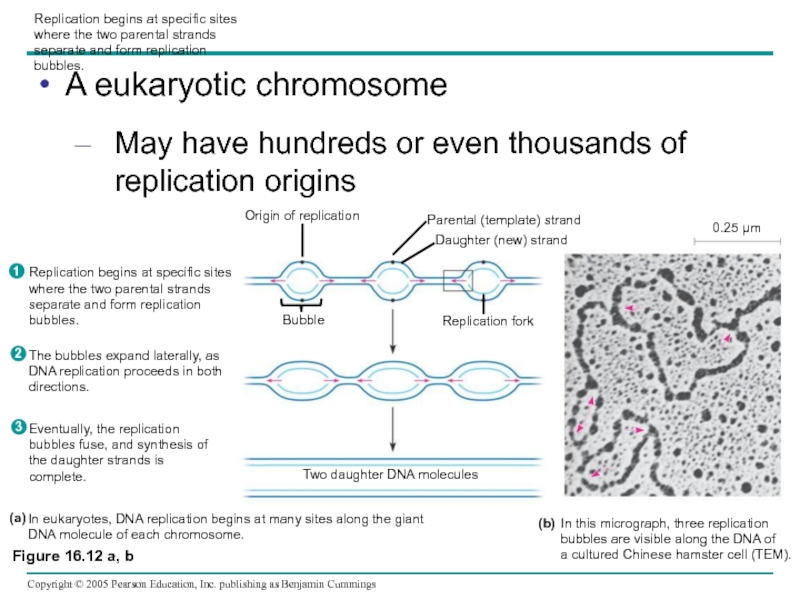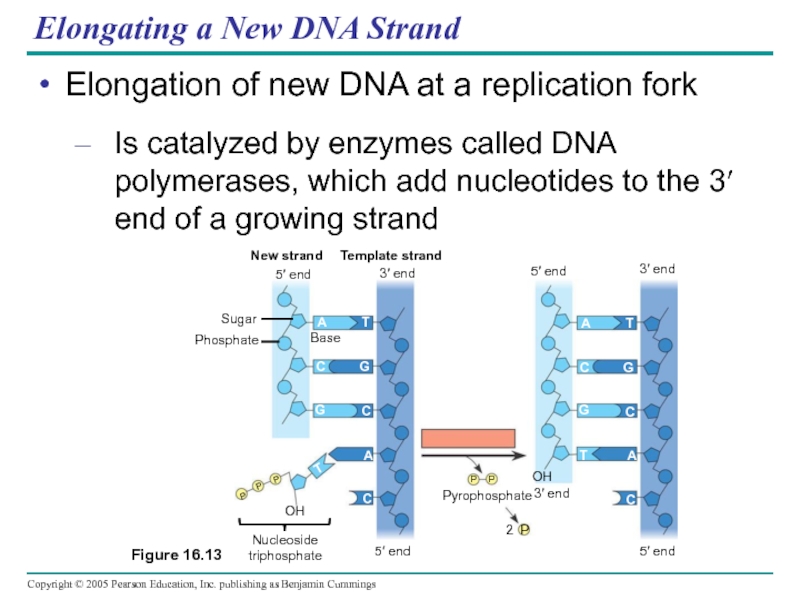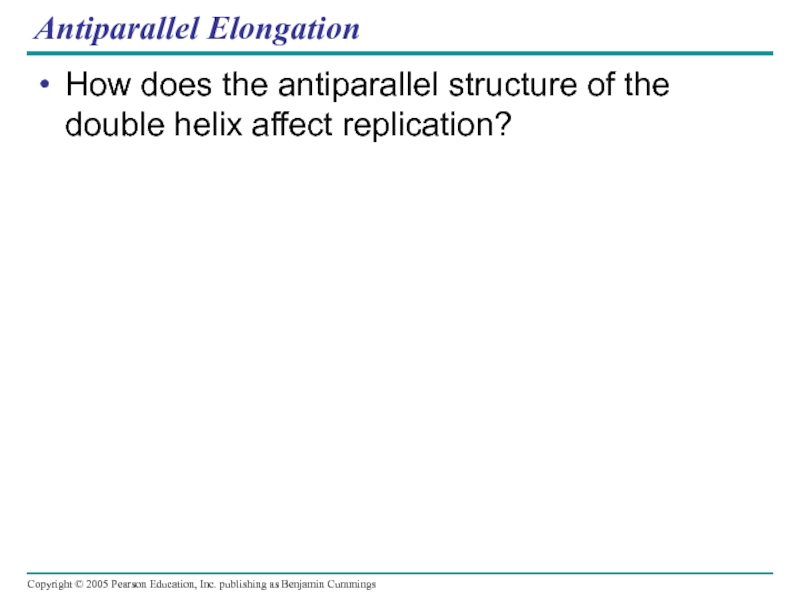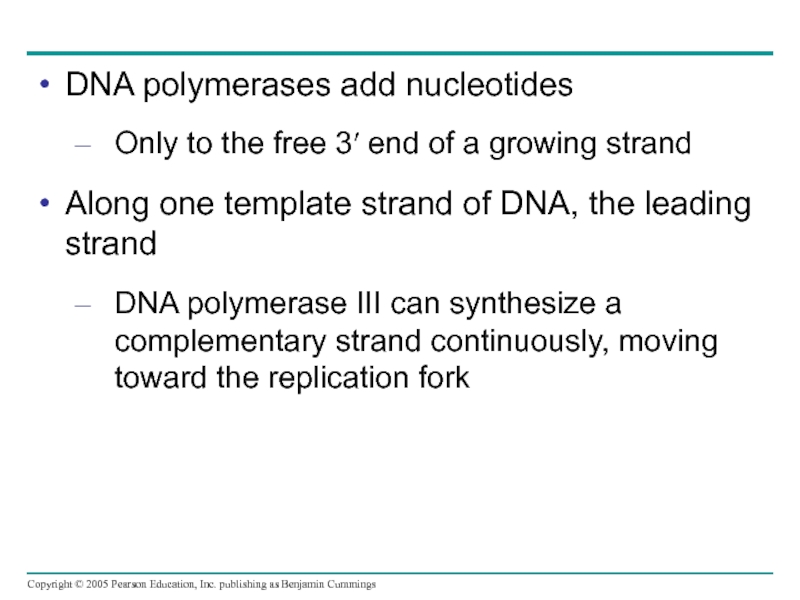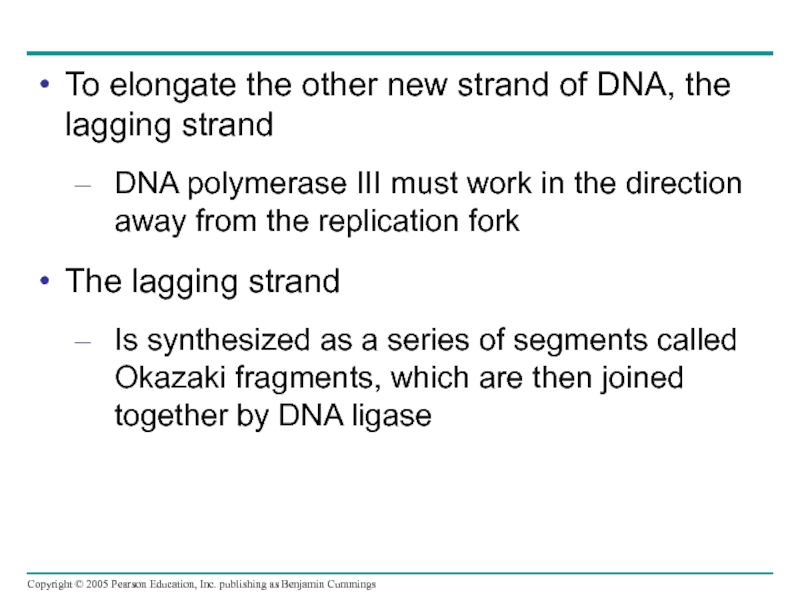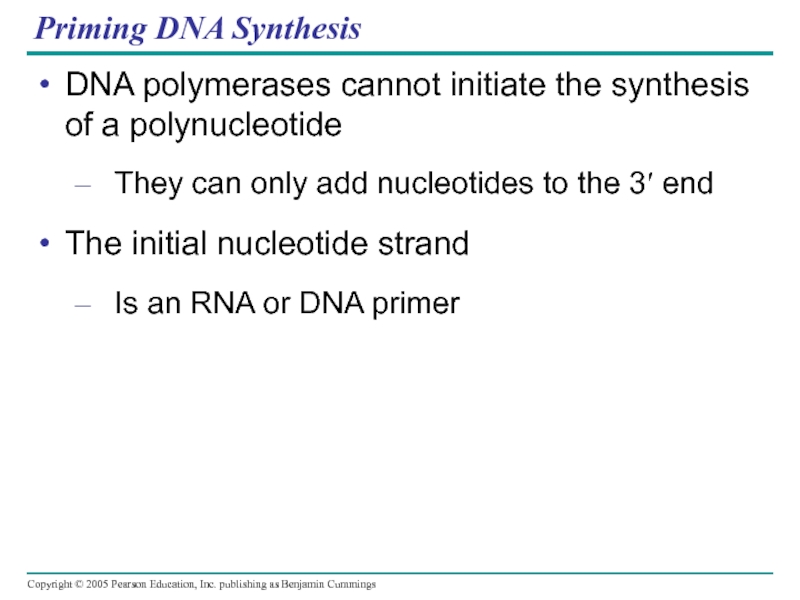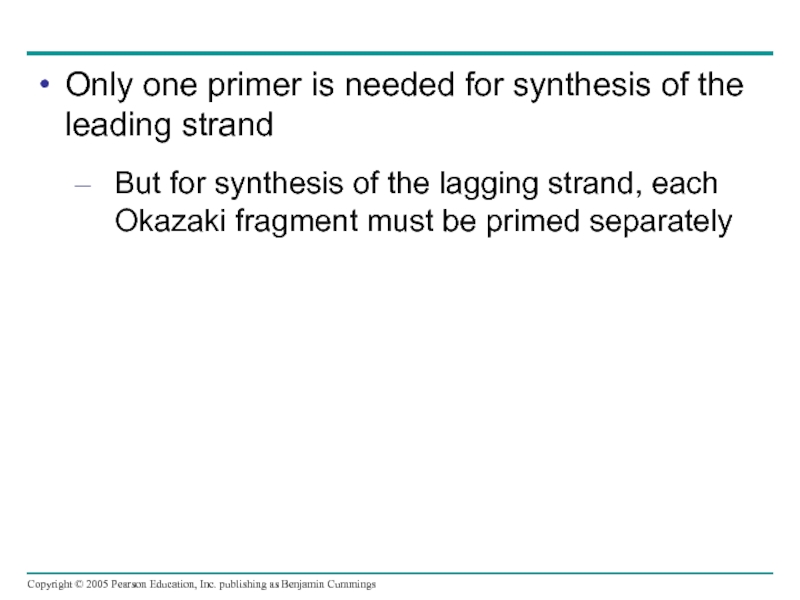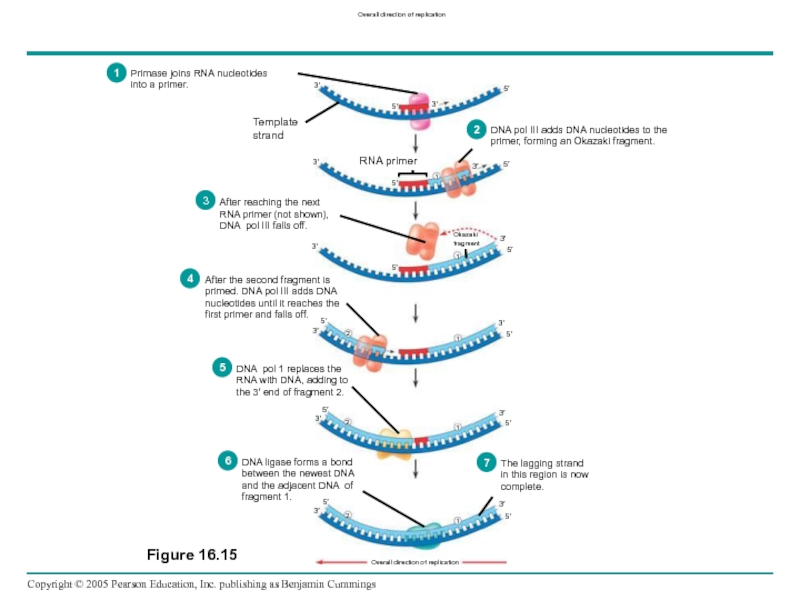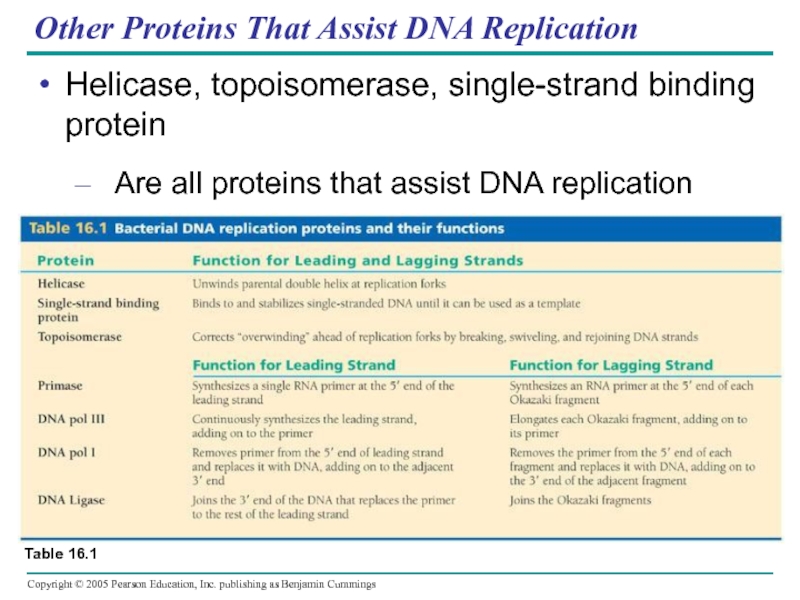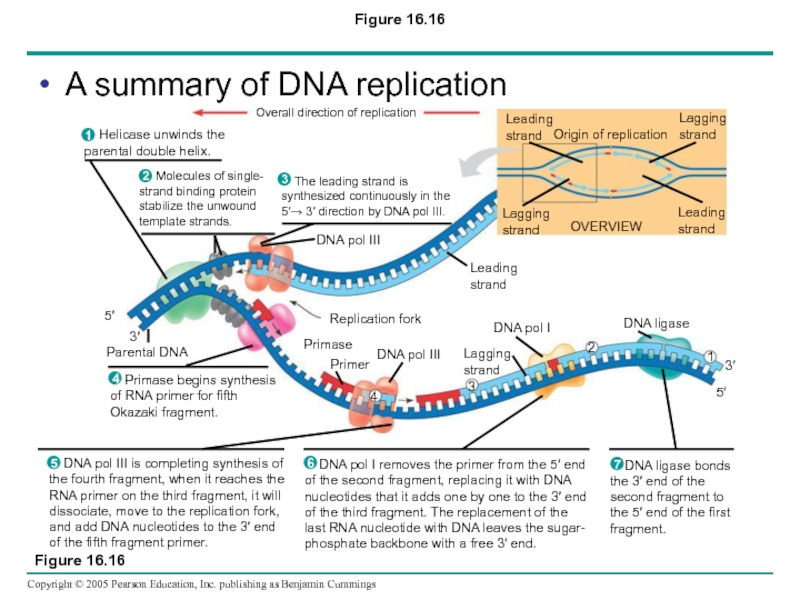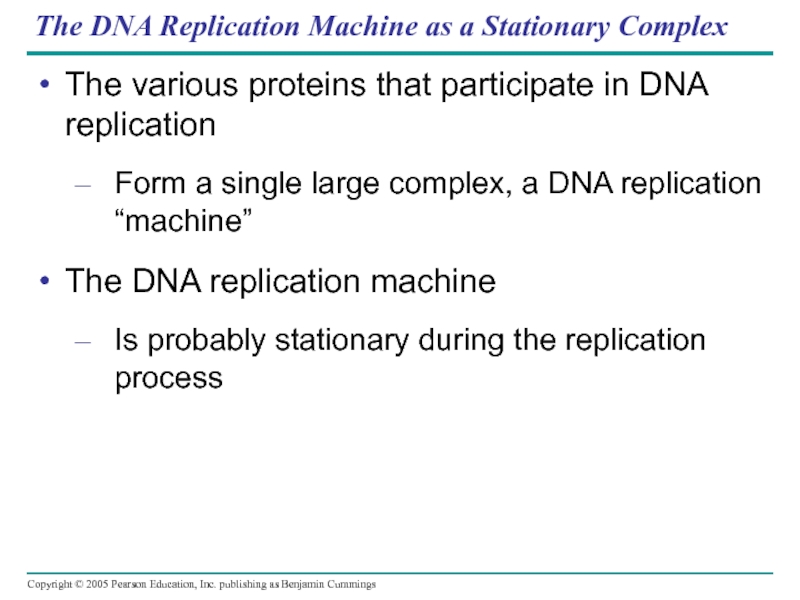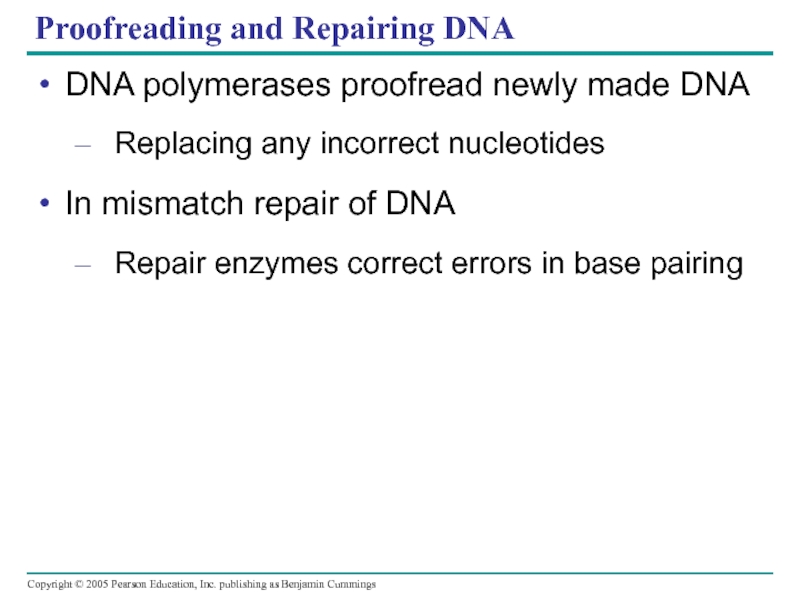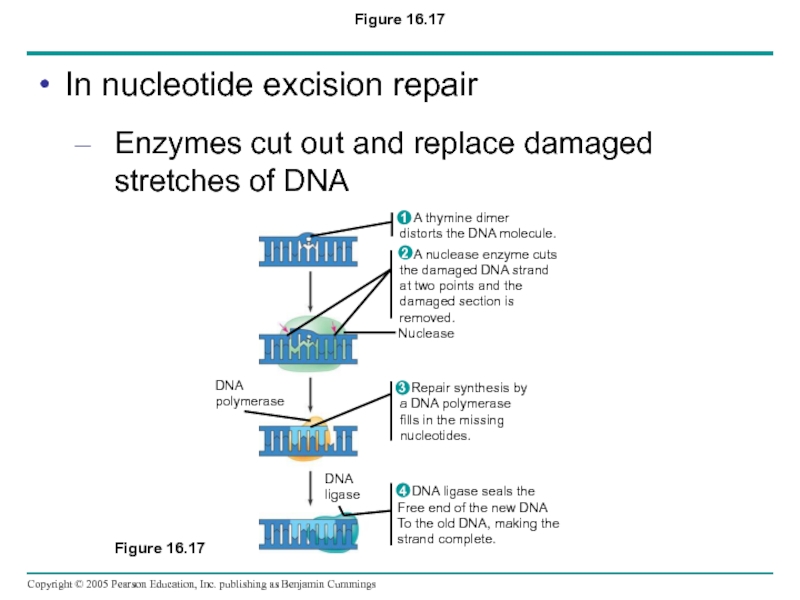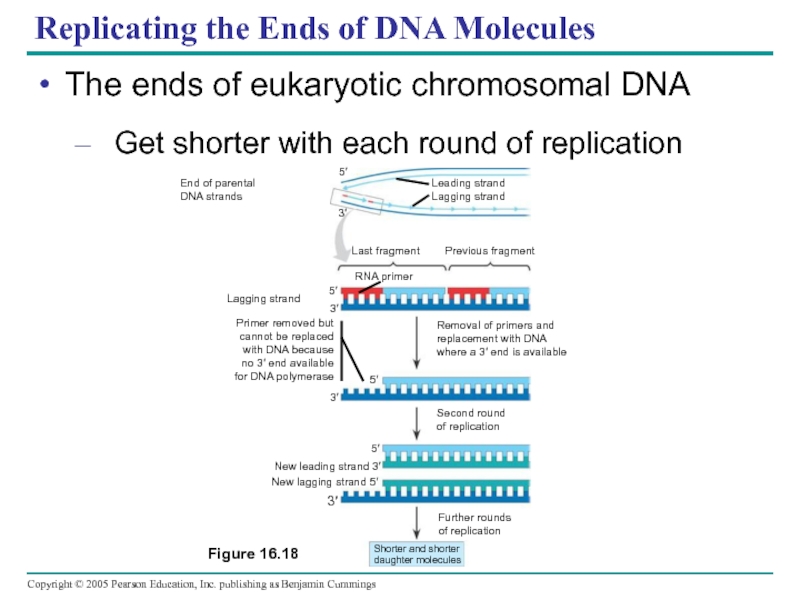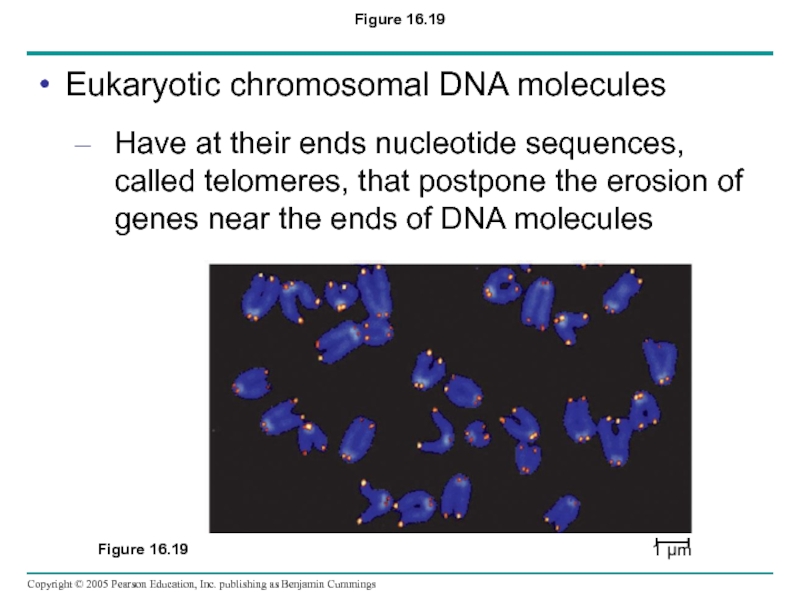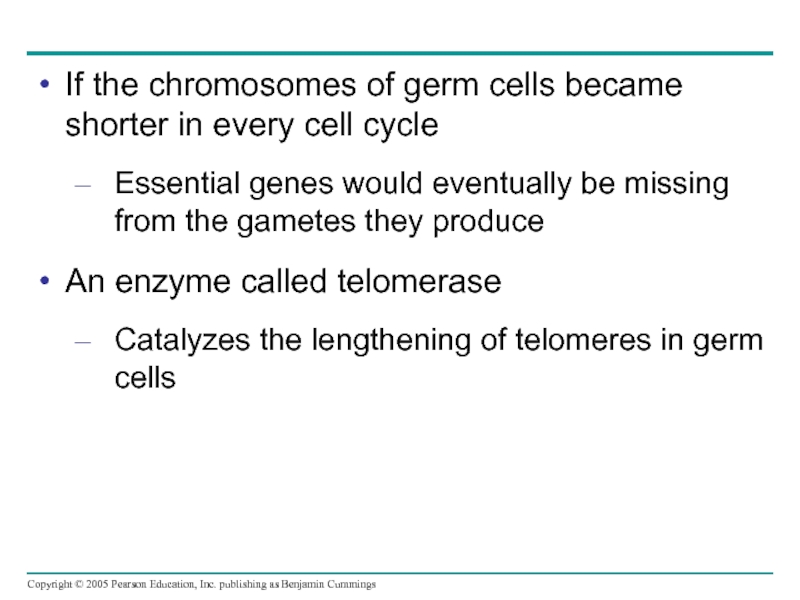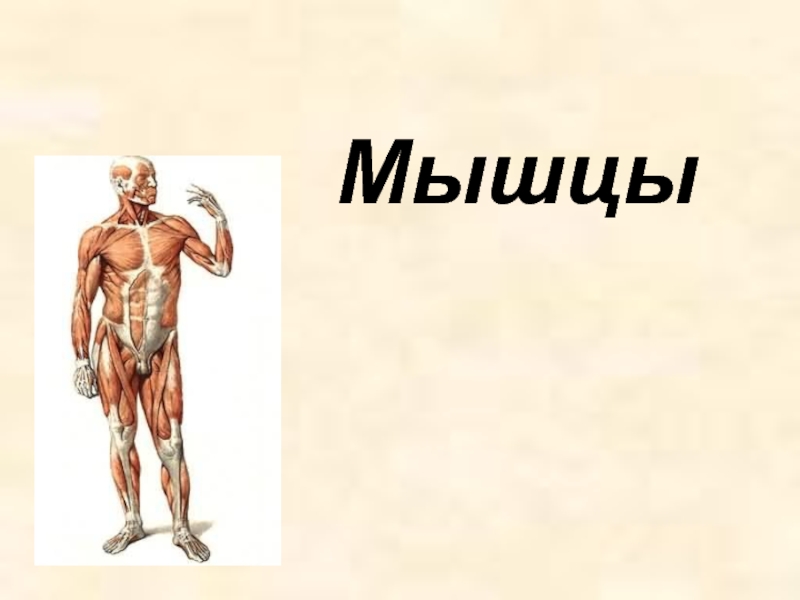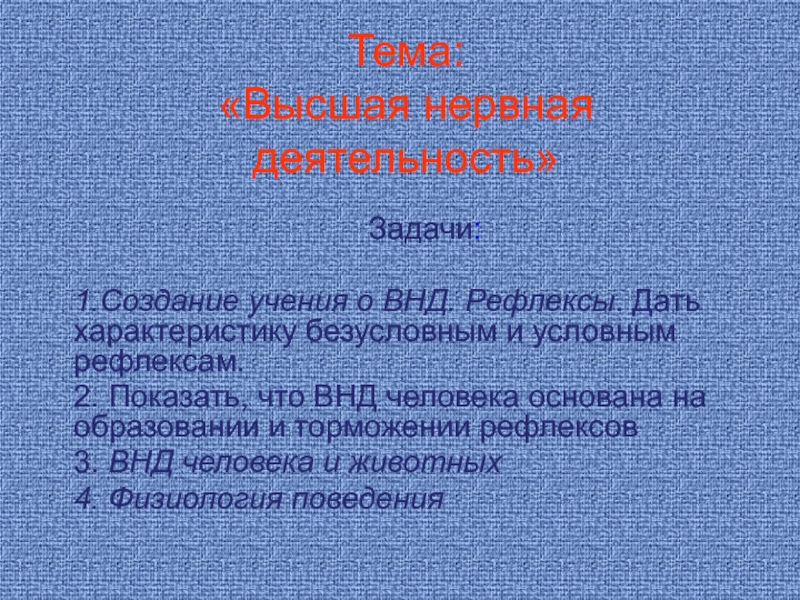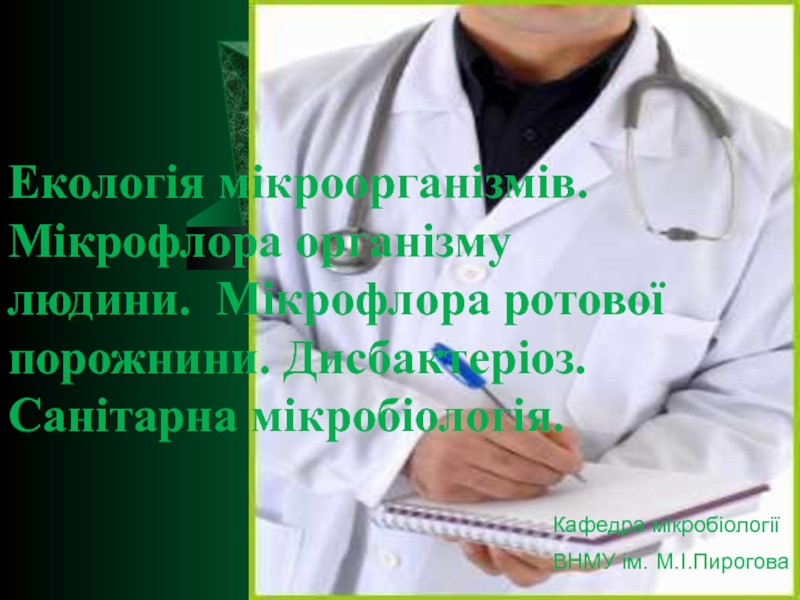- Главная
- Разное
- Дизайн
- Бизнес и предпринимательство
- Аналитика
- Образование
- Развлечения
- Красота и здоровье
- Финансы
- Государство
- Путешествия
- Спорт
- Недвижимость
- Армия
- Графика
- Культурология
- Еда и кулинария
- Лингвистика
- Английский язык
- Астрономия
- Алгебра
- Биология
- География
- Детские презентации
- Информатика
- История
- Литература
- Маркетинг
- Математика
- Медицина
- Менеджмент
- Музыка
- МХК
- Немецкий язык
- ОБЖ
- Обществознание
- Окружающий мир
- Педагогика
- Русский язык
- Технология
- Физика
- Философия
- Химия
- Шаблоны, картинки для презентаций
- Экология
- Экономика
- Юриспруденция
The Molecular Basis of Inheritance презентация
Содержание
- 1. The Molecular Basis of Inheritance
- 2. Figure 16.1 Overview: Life’s Operating Instructions In
- 3. DNA, the substance of inheritance Is
- 4. Concept 16.1: DNA is the genetic
- 5. The Search for the Genetic Material: Scientific
- 6. Evidence That DNA Can Transform Bacteria Frederick
- 8. Griffith called the phenomenon transformation Now
- 9. Evidence That Viral DNA Can Program Cells
- 10. Figure 16.3 Viruses that infect bacteria, bacteriophages
- 11. Alfred Hershey and Martha Chase Performed
- 13. Additional Evidence That DNA Is the Genetic
- 14. Erwin Chargaff analyzed the base composition
- 15. Building a Structural Model of DNA: Scientific
- 16. (a) Rosalind Franklin Maurice Wilkins and Rosalind
- 17. Figure 16.7a, c Watson and Crick deduced
- 18. Franklin had concluded that DNA Was
- 19. O
- 20. Watson and Crick reasoned that there
- 21. N
- 22. Concept 16.2: Many proteins work together
- 23. The Basic Principle: Base Pairing to a
- 24. (a) The parent molecule has two
- 25. Figure 16.10 a–c DNA replication is semiconservative
- 26. Figure 16.11 Experiments performed by Meselson and Stahl Supported the semiconservative model of DNA replication
- 27. CONCLUSION
- 28. DNA Replication: A Closer Look The copying
- 29. Getting Started: Origins of Replication The replication
- 30. Replication begins at specific sites where the
- 31. Elongating a New DNA Strand Elongation of
- 32. Antiparallel Elongation How does the antiparallel structure of the double helix affect replication?
- 33. DNA polymerases add nucleotides Only to
- 34. To elongate the other new strand
- 35. Synthesis of leading and lagging strands during DNA replication
- 36. Priming DNA Synthesis DNA polymerases cannot initiate
- 37. Only one primer is needed for
- 38. Overall direction of replication
- 39. Other Proteins That Assist DNA Replication Helicase,
- 40. Figure 16.16 A summary of DNA replication
- 41. The DNA Replication Machine as a Stationary
- 42. Proofreading and Repairing DNA DNA polymerases proofread
- 43. Figure 16.17 Nuclease DNA polymerase DNA ligase
- 44. Replicating the Ends of DNA Molecules The
- 45. Figure 16.19 Eukaryotic chromosomal DNA molecules Have
- 46. If the chromosomes of germ cells
Слайд 2Figure 16.1
Overview: Life’s Operating Instructions
In 1953, James Watson and Francis Crick
With an elegant double-helical model for the structure of deoxyribonucleic acid, or DNA
Слайд 3
DNA, the substance of inheritance
Is the most celebrated molecule of our
Hereditary information
Is encoded in the chemical language of DNA and reproduced in all the cells of your body
It is the DNA program
That directs the development of many different types of traits
Слайд 4
Concept 16.1: DNA is the genetic material
Early in the 20th century
The
Слайд 5The Search for the Genetic Material: Scientific Inquiry
The role of DNA
Was first worked out by studying bacteria and the viruses that infect them
Слайд 6Evidence That DNA Can Transform Bacteria
Frederick Griffith was studying Streptococcus pneumoniae
A
He worked with two strains of the bacterium
A pathogenic strain and a nonpathogenic strain
Слайд 7
have a capsule that protects them from an animal’s defense system. Bacteria of the “R” (rough) strain lack a capsule
and are nonpathogenic. Frederick Griffith injected mice with the two strains as shown below:
Griffith found that when he mixed heat-killed remains of the pathogenic strain
With living cells of the nonpathogenic strain, some of these living cells became pathogenic
Слайд 8
Griffith called the phenomenon transformation
Now defined as a change in genotype
Слайд 9Evidence That Viral DNA Can Program Cells
Additional evidence for DNA as
Came from studies of a virus that infects bacteria
Слайд 10Figure 16.3
Viruses that infect bacteria, bacteriophages
Are widely used as tools by
Слайд 11
Alfred Hershey and Martha Chase
Performed experiments showing that DNA is the
Слайд 12
and phosphorus to trace the fates of the protein and DNA, respectively, of T2 phages that infected bacterial cells.
The Hershey and Chase experiment
Слайд 13Additional Evidence That DNA Is the Genetic Materia
Prior to the 1950s,
Is a polymer of nucleotides, each consisting of three components: a nitrogenous base, a sugar, and a phosphate group
Слайд 14
Erwin Chargaff analyzed the base composition of DNA
From a number of
In 1947, Chargaff reported
That DNA composition varies from one species to the next
This evidence of molecular diversity among species
Made DNA a more credible candidate for the genetic material
Слайд 15Building a Structural Model of DNA: Scientific Inquiry
Once most biologists were
The challenge was to determine how the structure of DNA could account for its role in inheritance
Слайд 16(a) Rosalind Franklin
Maurice Wilkins and Rosalind Franklin
Were using a technique called
Rosalind Franklin
Produced a picture of the DNA molecule using this technique
Слайд 17Figure 16.7a, c
Watson and Crick deduced that DNA was a double
Through observations of the X-ray crystallographic images of DNA
Слайд 18
Franklin had concluded that DNA
Was composed of two antiparallel sugar-phosphate backbones,
The nitrogenous bases
Are paired in specific combinations: adenine with thymine, and cytosine with guanine
Слайд 20
Watson and Crick reasoned that there must be additional specificity of
Dictated by the structure of the bases
Each base pair forms a different number of hydrogen bonds
Adenine and thymine form two bonds, cytosine and guanine form three bonds
Слайд 22
Concept 16.2: Many proteins work together in DNA replication and repair
The
Is manifest in the double helix
Слайд 23The Basic Principle: Base Pairing to a Template Strand
Since the two
Each strand acts as a template for building a new strand in replication
Слайд 24(a) The parent molecule has two complementary strands of
In DNA replication
The parent molecule unwinds, and two new daughter strands are built based on base-pairing rules
Слайд 25Figure 16.10 a–c
DNA replication is semiconservative
Each of the two new daughter
(a)
(b)
(c)
Слайд 26Figure 16.11
Experiments performed by Meselson and Stahl
Supported the semiconservative model of
Слайд 28DNA Replication: A Closer Look
The copying of DNA
Is remarkable in its
More than a dozen enzymes and other proteins
Participate in DNA replication
Слайд 29Getting Started: Origins of Replication
The replication of a DNA molecule
Begins at
Слайд 30Replication begins at specific sites
where the two parental strands
separate and form
bubbles.
A eukaryotic chromosome
May have hundreds or even thousands of replication origins
Слайд 31Elongating a New DNA Strand
Elongation of new DNA at a replication
Is catalyzed by enzymes called DNA polymerases, which add nucleotides to the 3′ end of a growing strand
Nucleoside
triphosphate
Слайд 32Antiparallel Elongation
How does the antiparallel structure of the double helix affect
Слайд 33
DNA polymerases add nucleotides
Only to the free 3′ end of a
Along one template strand of DNA, the leading strand
DNA polymerase III can synthesize a complementary strand continuously, moving toward the replication fork
Слайд 34
To elongate the other new strand of DNA, the lagging strand
DNA
The lagging strand
Is synthesized as a series of segments called Okazaki fragments, which are then joined together by DNA ligase
Слайд 36Priming DNA Synthesis
DNA polymerases cannot initiate the synthesis of a polynucleotide
They
The initial nucleotide strand
Is an RNA or DNA primer
Слайд 37
Only one primer is needed for synthesis of the leading strand
But
Слайд 39Other Proteins That Assist DNA Replication
Helicase, topoisomerase, single-strand binding protein
Are all
Слайд 41The DNA Replication Machine as a Stationary Complex
The various proteins that
Form a single large complex, a DNA replication “machine”
The DNA replication machine
Is probably stationary during the replication process
Слайд 42Proofreading and Repairing DNA
DNA polymerases proofread newly made DNA
Replacing any incorrect
In mismatch repair of DNA
Repair enzymes correct errors in base pairing
Слайд 43Figure 16.17
Nuclease
DNA
polymerase
DNA
ligase
A nuclease enzyme cuts
the damaged DNA strand
at two
damaged section is
removed.
Repair synthesis by
a DNA polymerase
fills in the missing
nucleotides.
3
DNA ligase seals the
Free end of the new DNA
To the old DNA, making the
strand complete.
Figure 16.17
In nucleotide excision repair
Enzymes cut out and replace damaged stretches of DNA
Слайд 44Replicating the Ends of DNA Molecules
The ends of eukaryotic chromosomal DNA
Get
Слайд 45Figure 16.19
Eukaryotic chromosomal DNA molecules
Have at their ends nucleotide sequences, called
Слайд 46
If the chromosomes of germ cells became shorter in every cell
Essential genes would eventually be missing from the gametes they produce
An enzyme called telomerase
Catalyzes the lengthening of telomeres in germ cells
